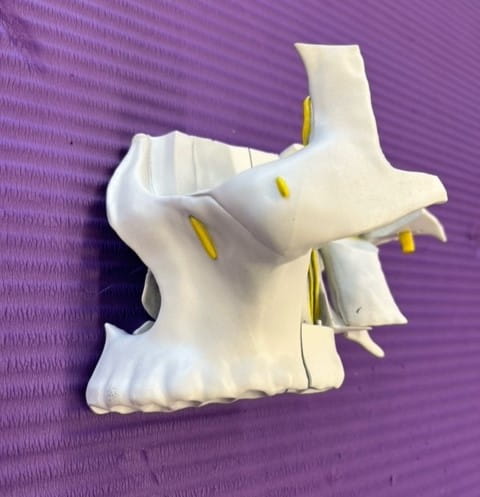What We Do
The anatomy faculty at Drexel University are committed to providing excellent learning experiences for medical students. They are also committed to promoting community involvement and public educational opportunities for the surrounding communities through their collaboration with local schools and outreach programs.
/thumbnail_image3.jpg)
Drexel NanoZoomerS210
Anatomy Imaging Center
Our lab is equipped with advanced tools for detailed study and analysis in histology and anatomy. The Histological Slide Scanner enables the creation of high-quality, pan-and-zoom capable images from glass slides, supporting in-depth study of micro-anatomy and pathology. Our Light Microscope, fitted with multiple filters, enhances imaging of histological slides for accurate visualization. Additionally, the 3D scanner allows us to create rotatable, labeled images of prosections, which can be used for both digital exploration and 3D printing, facilitating a more interactive and comprehensive study experience.

Visiting Group at Drexel University College of Medicine
Community Outreach
While our facility's main goal is to offer strong educational experiences to Drexel University students, the Human Anatomy Laboratory is also used to serve our community through academic outreach opportunities to high schools and undergraduate schools in our community.

Crozer Emergency Medicine Workshop 2024
Clinical Training
Our human anatomy laboratories offer a vital setting for the development and refinement of clinical skills and surgical techniques.

Drexel University 3D Printed Pterygopalatine Fossa
3D Printing Lab
In the not-so-distant future, the 3D printing lab will transition into producing 3D anatomical models for educational purposes at Drexel University. We see this as an opportunity to improve our educational model collection by including anatomical pathology. Pathology is rarely built into manufactured anatomical models, and when it is, the pathology is very generic and sterilized. Our ability to scan in 3D provides us the opportunity to utilize the scan files to build real-life models, where anomalies can be present and preserved for future students, both from within the university and the outside community.

Plastination Laboratory
Plastinated specimens are dry and durable, and maintain natural contours, making them easy to handle. They minimize exposure to hazardous fixatives like formaldehyde, enhancing safety in dissection and specimen handling. In healthcare education, plastinated specimens play a growing role in teaching and research, offering accurate, detailed models for studying gross anatomy, neuroanatomy, and pathology, especially as class contact hours decrease.